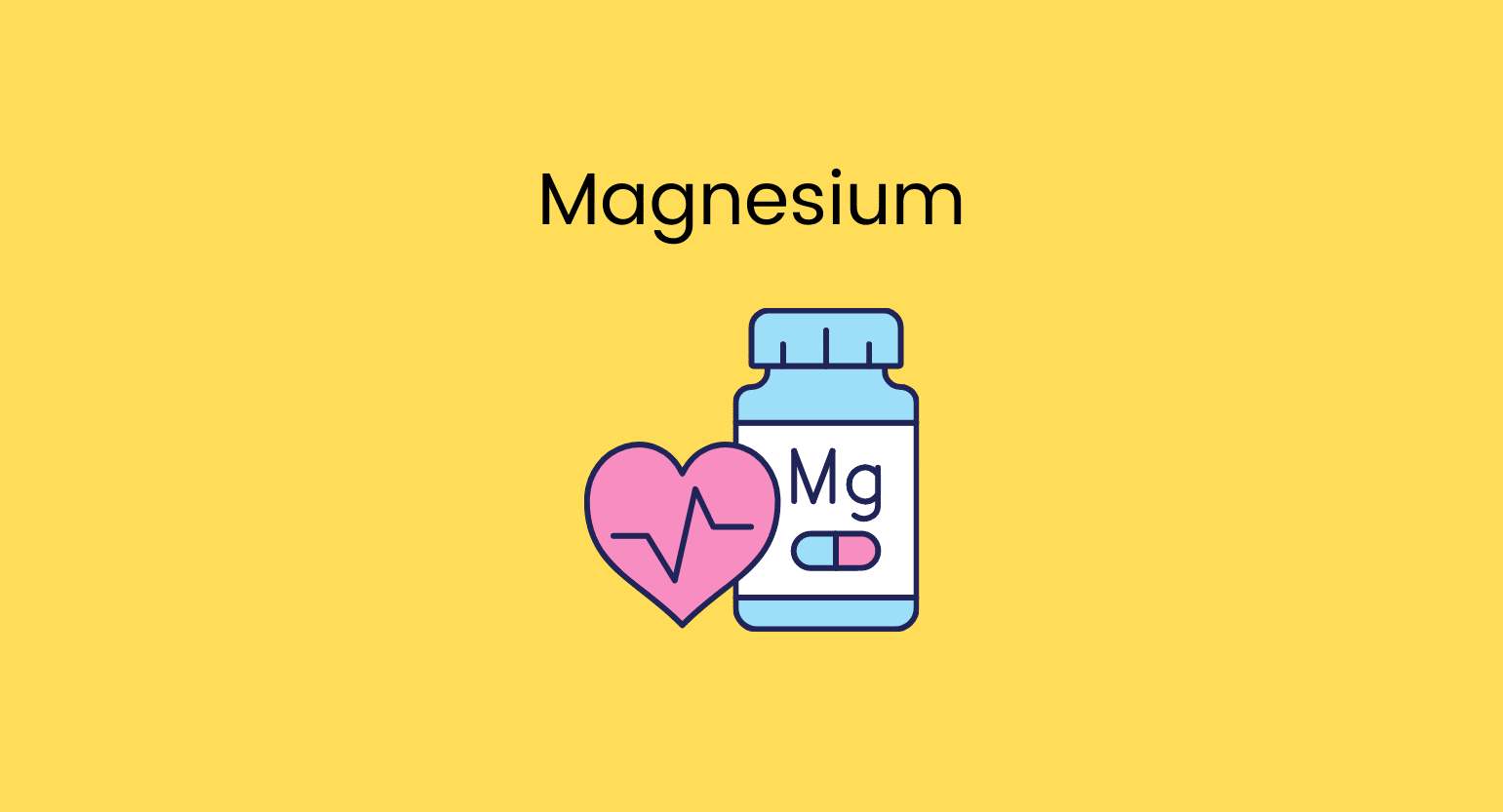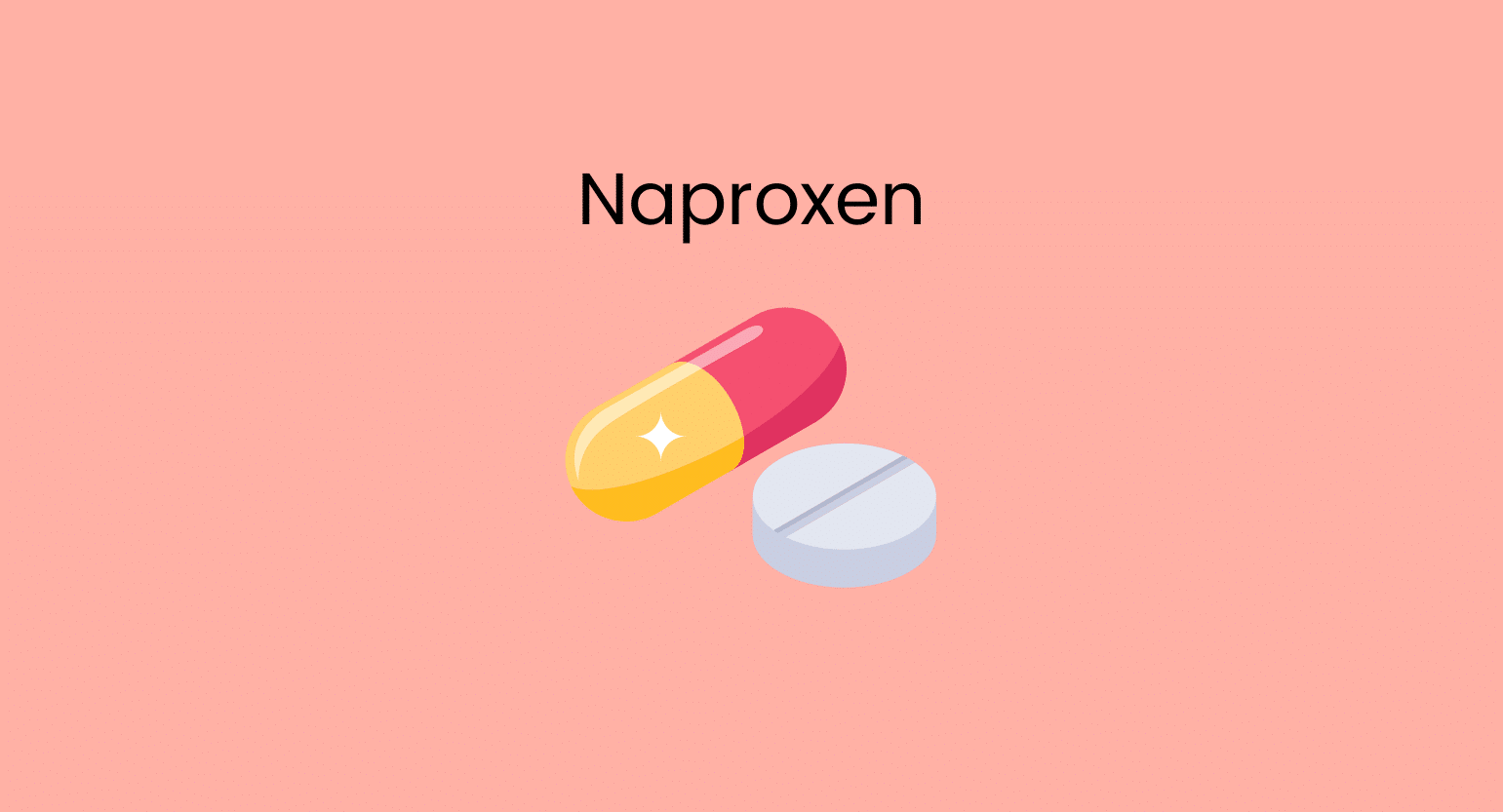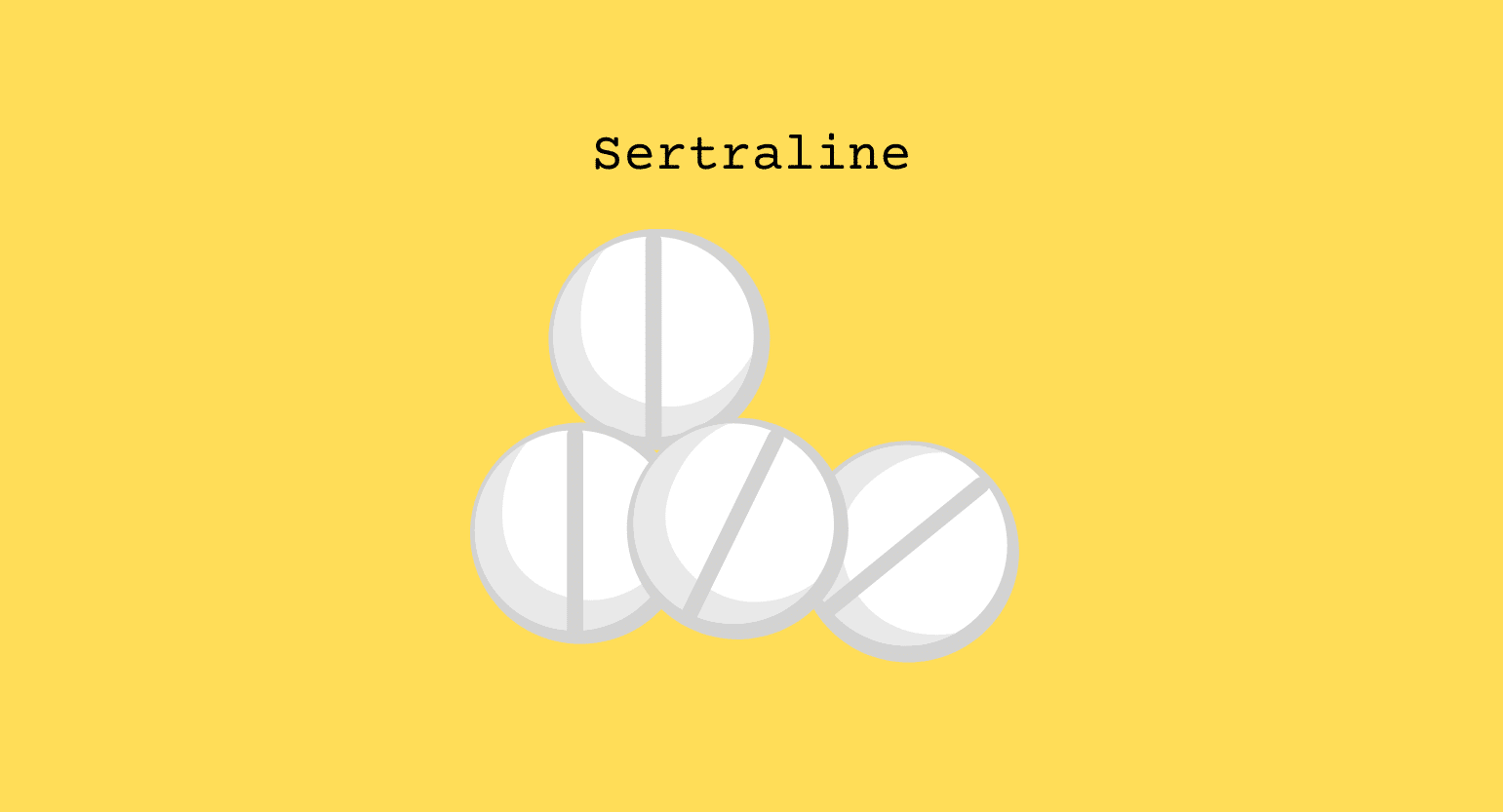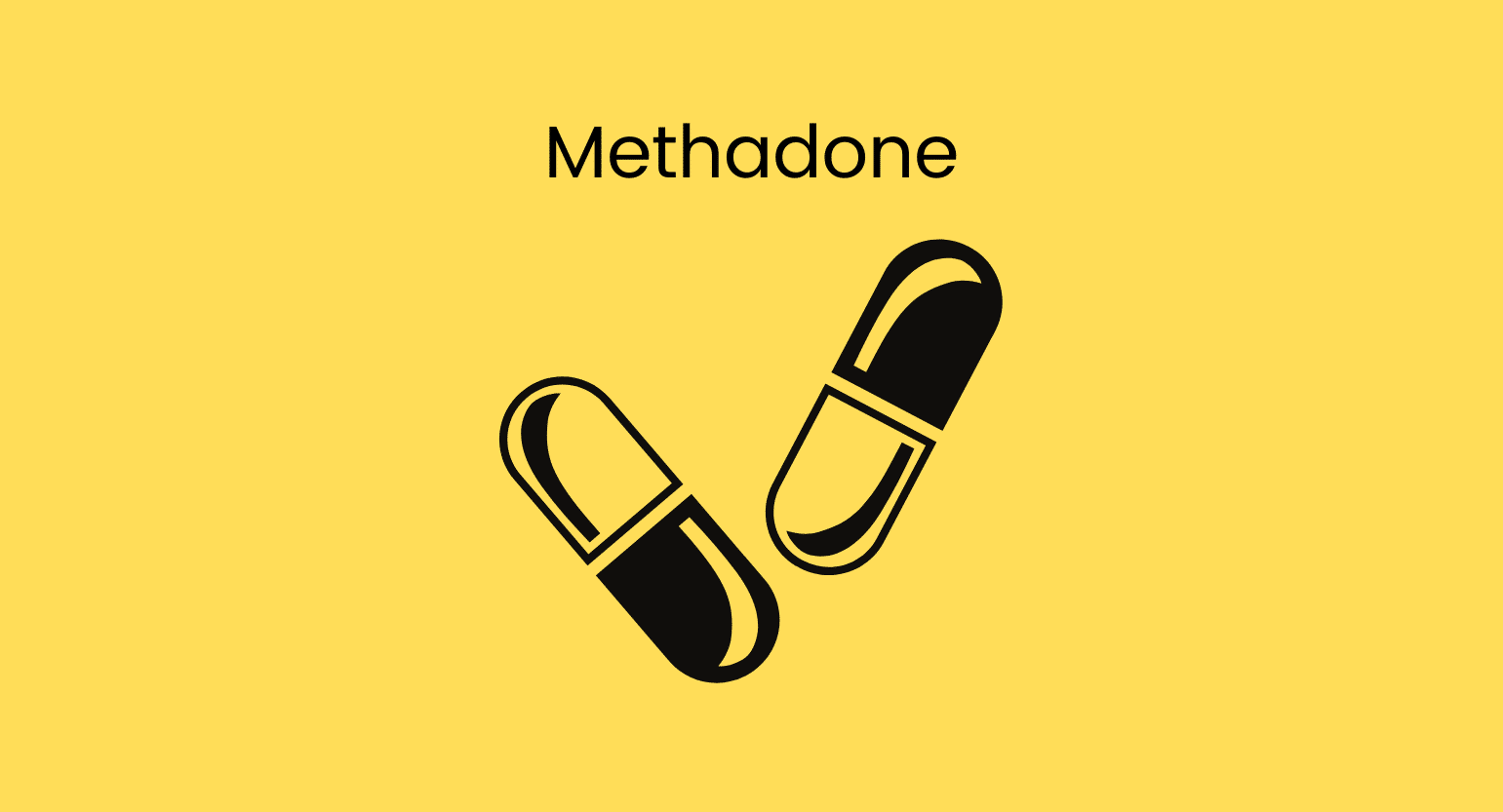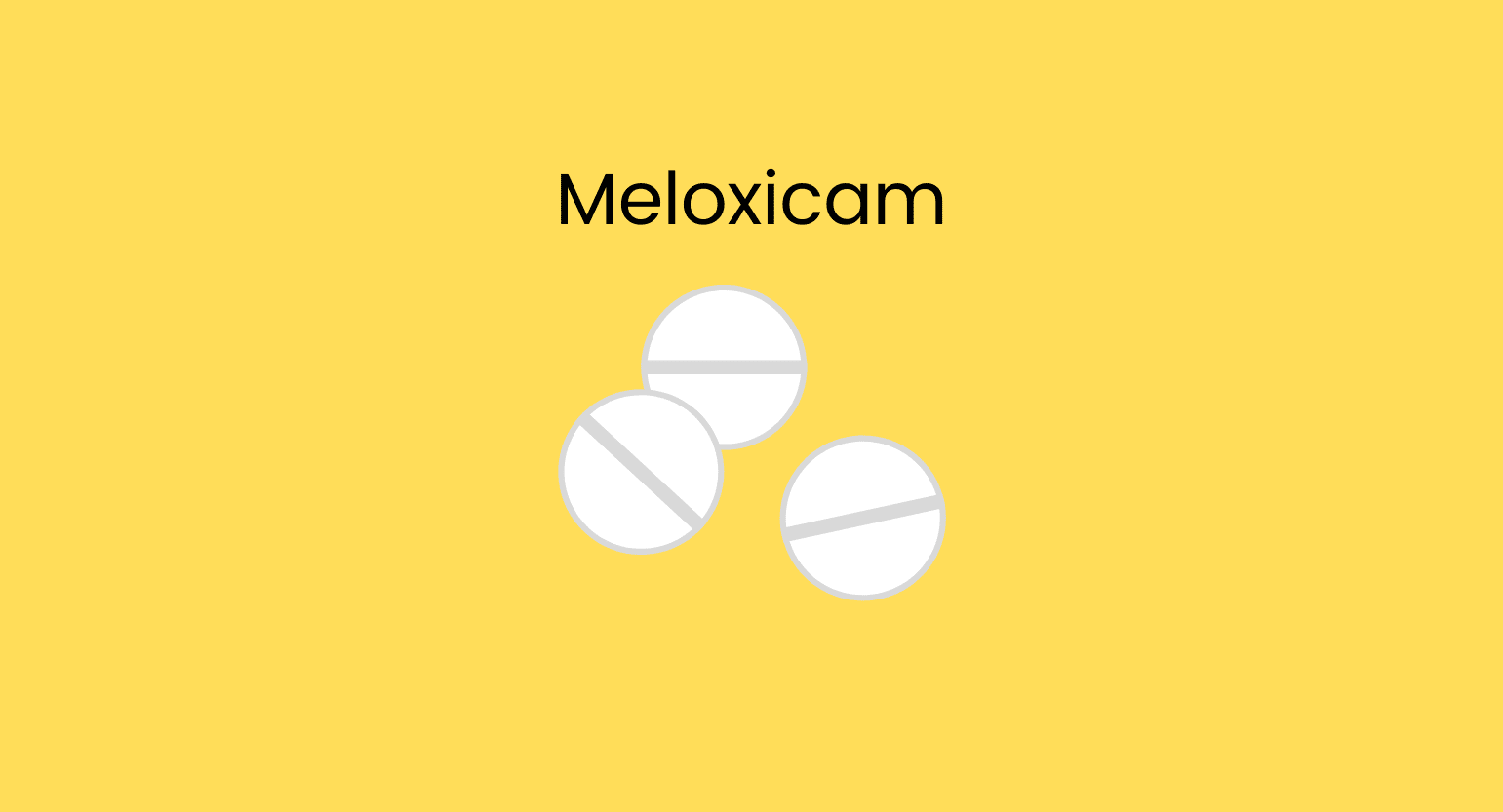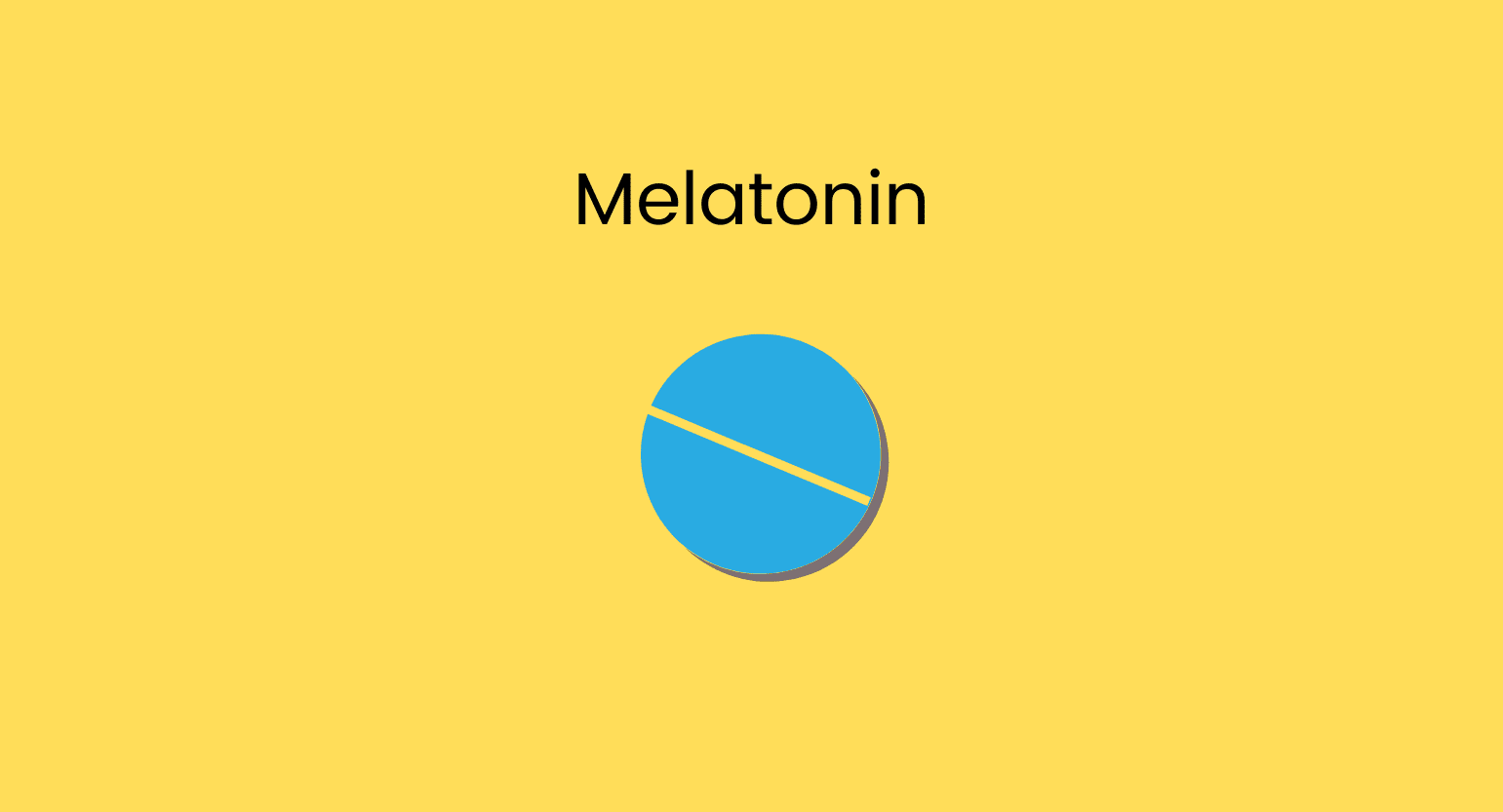Does Kratom Interact With Magnesium?
Kratom and magnesium do not interact in any meaningful way.
The pharmacological effects of kratom have no bearing on magnesium’s role in its many bodily processes.
When it comes to metabolism, magnesium is partly cleared by the kidneys, but this process is not CYP-mediated and thus cannot inhibit or induce kratom’s metabolization.
Is it Safe to Take Kratom With Magnesium?
For most people, taking magnesium and kratom simultaneously won’t cause any trouble.
Both compounds, however, do carry certain risks. And this will always be present.
To avoid these adverse effects, consume kratom in low doses and preferably not every day. When it comes to magnesium, one should be careful not to surpass the tolerable upper intake levels associated with one’s age group.
If you need to supplement magnesium, consult with a doctor, as you might have a particular condition that might make this combination dangerous.
What is Magnesium?
Magnesium is one of the naturally occurring elements of the periodic table. It is the eighth most abundant element in the Earth’s crust; it is nontoxic and vital to many human physiological processes [1].
Magnesium is also an essential element in the body. Cells and enzymes need it to conduct necessary biological processes because of the interaction between phosphate and magnesium ions.
Magnesium is in several foods such as almonds, peanuts, cashews, black and kidney beans, cooked spinach, white potato with skin, brown rice, oatmeal, salmon, beef, poultry, banana, raisins, dark chocolate, milk, yogurt, etc.
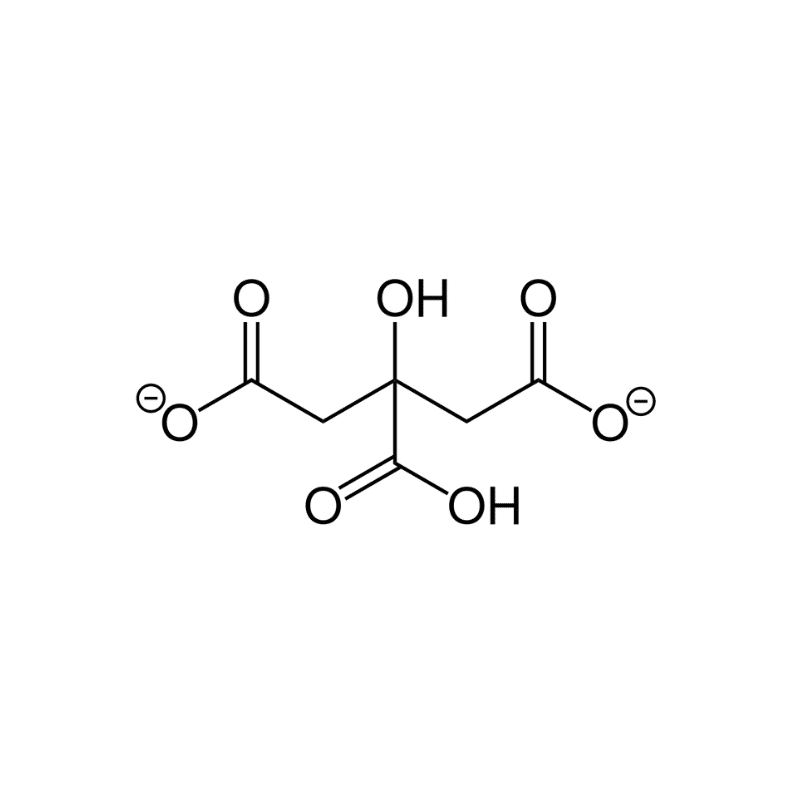
| Drug Name | Magnesium |
| Trade Name | Almora |
| Classification | Chemical element |
| CYP Metabolism | Not CYP mediated |
| Interaction With Kratom | No interaction |
| Risk of Interaction | None |
What is Magnesium Used for?
Magnesium has essential roles in the human body:
- Magnesium ions interact with polyphosphate compounds like ATP, DNA, and RNA
- Various enzymes depend on magnesium to function
Magnesium can also be used medicinally in the treatment of [2]:
- Arrhythmia
- Constipation
- Dysmenorrhea
- Dyspepsia
- Eclampsia / Preeclampsia
- Improving insulin and glucose metabolism
- Leg cramps in pregnant women
- Metabolic syndrome
- Migraine
- Severe asthma
There is also evidence for magnesium’s role in preventing several ailments and improving performance in distinct areas:
- Anti-inflammatory benefits [7]
- Better bone health [9]
- Better sleep [8]
- Helps combat depression [4]
- Improves exercise performance [3]
- Promotes heart health [6]
- Supports healthy blood sugar levels [5]
Generic & Brand Name Versions
Magnesium supplements are available under various brand names:
- Almora
- Citrate Of Magnesia
- Dewees Carminative
- Elite Magnesium
- Mag-Gel 600
- Maginex
- Mag-Tab SR
- Phillips Milk of Magnesia
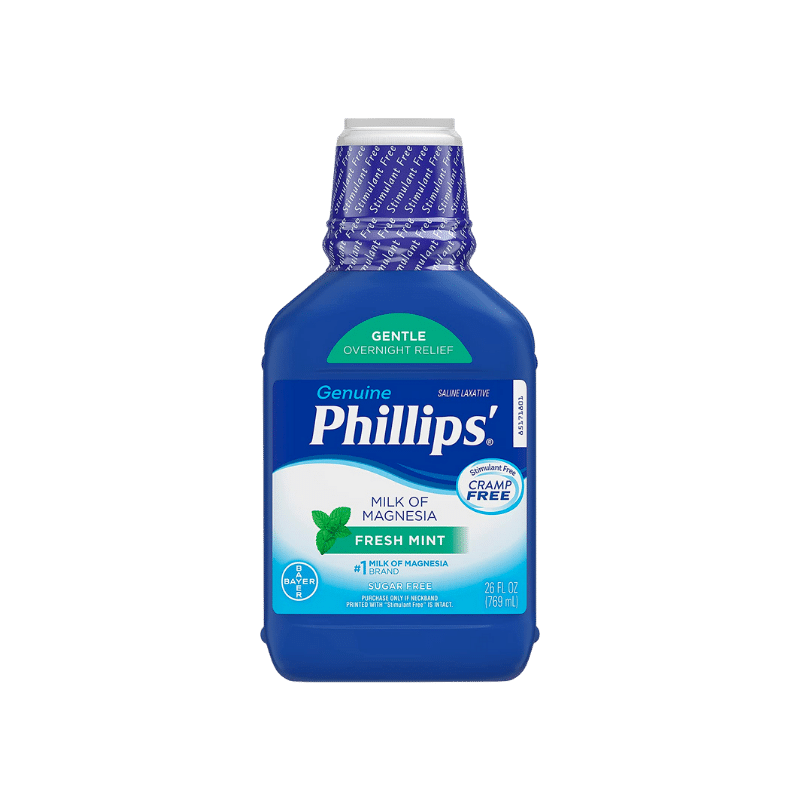
What’s the Dose of Magnesium?
The proper dosage of magnesium primarily depends on age and special conditions like pregnancy and renal impairment.
Here are the following daily allowances:
- Adult and teenage males — 270 to 400 milligrams (mg) per day
- Adult and teenage females — 280 to 300 mg per day
- Pregnant females — 320 mg per day
- Breast-feeding females — 340 to 355 mg per day
- Children 7 to 10 years of age — 170 mg per day
- Children 4 to 6 years of age — 120 mg per day
- Children birth to 3 years of age — 40 to 80 mg per day
It is possible to overdose on magnesium. With a good diet, it’s possible to get enough magnesium from food. There might not be a need to supplement it as it might put you at risk of excessive magnesium consumption.
Experts recommend that magnesium supplementation not exceed the following tolerable upper intake levels:
- 9 years or older: 350 mg
- 4-8 years: 100 mg
- Children 1-3 years: 65 mg
What Are the Side Effects of Magnesium?
Overconsumption of magnesium can lead to adverse effects and, in rare instances, even death.
The most common symptoms of overdose are [10]:
- Diarrhea
- Nausea
- Vomiting
Rarer but more severe side effects include:
- Cardiac arrest/arrhythmia
- Coma
- Confusion
- Hypotension
- Slowed heart and respiratory rates
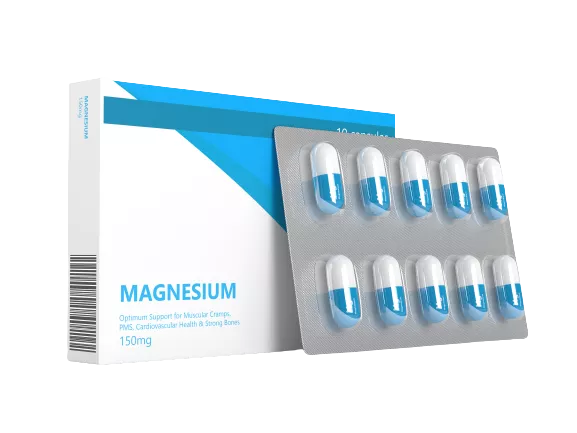
What is Kratom?
Kratom is the common name for the Mitragyna speciosa tree. It’s a tropical evergreen tree native to Southeast Asia with many psychoactive and pharmacological benefits.
The kratom community is growing fast in the western world as thousands of people discover kratom’s benefits.
However, kratom is currently unregulated in the US, and more research is needed.
If you want to learn more about kratom, you’ve come to the right place. Keep reading to discover all you need about this remarkable compound.
What is Kratom Used for?
Kratom is not some miracle plant that makes everything better, but it offers various pharmacological effects.
In lower doses, it acts as a stimulant. It’s used as an alternative to coffee for fueling late-night study sessions or long days at work.
In higher doses, it acts more like an opiate. Like opiates, kratom helps manage pain, anxiety, insomnia, and mood disorders.
Here’s a quick look at a few common reasons for using kratom:
- Alleviate chronic pain
- Enhance creative flow states
- Help libido
- Improve mood
- Improve sleep
- Increase mental & physical energy (low dose)
- Manage withdrawal symptoms
- Reduce anxiety
- Support weight loss

What’s the Dose of Kratom?
Everyone is different, so it’s never a good idea to completely trust a generalized dosage for kratom — or any drug, for that matter. Listen to your body and increase or decrease the dosage according to how you feel after taking it.
With that said, there are average dosage recommendations to help identify the ideal starting dose.
Here are the generalized kratom dosages:
- Low dose (1 – 5 g): this range promotes kratom’s stimulant, mind-based effects.
- Medium dose (5 – 10 g): analgesic and anxiolytic properties become more evident.
- High dose (10 – 15 g): heavily sedative, analgesic, and anxiolytic qualities are found at this high dose. Do not consume this amount of kratom if you’re unsure how your body will handle it.
Also see: How Long Does Kratom Stay in the System?
What Are the Side Effects of Kratom?
All drugs have side effects, and kratom is no exception. Kratom’s side effects are minor and usually associated with more significant amounts. You might face more severe side effects if you use kratom long-term and in higher doses.
These are the most common side effects:
- Constipation
- Dizziness
- Insomnia
- Itchiness
- Loss of muscle coordination
- Nausea
More serious side effects include:
- Anxiety
- Liver damage (with long-term use)
- Low blood pressure
- Low libido
- Poor appetite
- Seizures
- Tremors
Also, because it interacts with opioid receptors (which is why it’s so effective at relieving pain), kratom can be addictive. This isn’t the same as opioid addiction, though; kratom rarely causes an overdose.
Related: Is Kratom Dangerous?

What Are the Different Types of Kratom?
Kratom is available in four different strains, and they all have similar effects. However, they do differ in the sense that each kratom strain emphasizes certain aspects.
Strains are named after the color of the leaf’s vein — but once they’re processed, they all look the same.
Become familiar with the four types of strain, and you can tweak your kratom experience until it’s just right.

White Vein Kratom
White-veined kratom strains tend to cause euphoria and increased concentration. However, these strains might do more harm than good if you deal with anxiety. But if you need energy and that same old cup of coffee isn’t cutting it, white strains can help. Same if you’re studying and need to focus or feel like your creativity is lacking.

Red Vein Kratom
Compared to white-veined strains, red vein kratom is on the opposite end of the kratom spectrum.
It promotes the analgesic and anti-anxiety benefits of the kratom plant, making it popular with chronic pain patients who do not want to treat themselves with pharmacological painkillers.
Red vein kratom users also report it encourages calm states of being.

Green Vein Kratom
Green vein kratom rests comfortably in the middle of our handy kratom spectrum.
As such, green-veined strains are known for having a great mix of the effects found in both red and white kratom strains.
Because of this, green strains are an excellent choice for someone who wants to experience everything kratom offers. Unfortunately, you sacrifice the targeted experience of a white or red-veined strain.

Yellow Vein Kratom
Yellow vein kratom does not possess any remarkable characteristics. The only thing that sets it apart is that it’s the mildest out of them all. This makes the yellow vein the natural choice for those sensitive to kratom.
Key Takeaways: Is it Safe to Mix Kratom & Magnesium?
There is nothing inherently dangerous about mixing kratom and magnesium. If you’re a kratom consumer, you’ve already been doing this because we all consume magnesium through our diets.
If you need to supplement magnesium, double-check with your doctor, as a magnesium overdose is always possible. Or you could always include more magnesium-rich foods in your diet.
- Magnesium statistics and information. Magnesium Statistics and Information | U.S. Geological Survey. (n.d.). Retrieved November 2, 2022, from https://www.usgs.gov/centers/national-minerals-information-center/magnesium-statistics-and-information
- Guerrera, M. P., Volpe, S. L., & Mao, J. J. (2009). Therapeutic uses of magnesium. American family physician, 80(2), 157-162.
- Ismail, A. A., Ismail, Y., & Ismail, A. A. (2018). Chronic magnesium deficiency and human disease; time for reappraisal?. QJM: An International Journal of Medicine, 111(11), 759-763.
- Tarleton, E. K., & Littenberg, B. (2015). Magnesium intake and depression in adults. The Journal of the American Board of Family Medicine, 28(2), 249-256.
- Barbagallo, M., & Dominguez, L. J. (2015). Magnesium and type 2 diabetes. World journal of diabetes, 6(10), 1152.
- Zhang, X., Li, Y., Del Gobbo, L. C., Rosanoff, A., Wang, J., Zhang, W., & Song, Y. (2016). Effects of magnesium supplementation on blood pressure: a meta-analysis of randomized double-blind placebo-controlled trials. Hypertension, 68(2), 324-333.
- Nielsen, F. H. (2018). Magnesium deficiency and increased inflammation: current perspectives. Journal of inflammation research, 11, 25.
- Boyle, N. B., Lawton, C., & Dye, L. (2017). The effects of magnesium supplementation on subjective anxiety and stress—a systematic review. Nutrients, 9(5), 429.
- Rondanelli, M., Faliva, M. A., Tartara, A., Gasparri, C., Perna, S., Infantino, V., … & Peroni, G. (2021). An update on magnesium and bone health. BioMetals, 34(4), 715-736.
- Ajib, F. A., & Childress, J. M. (2021). Magnesium Toxicity. In StatPearls [Internet]. StatPearls Publishing.

